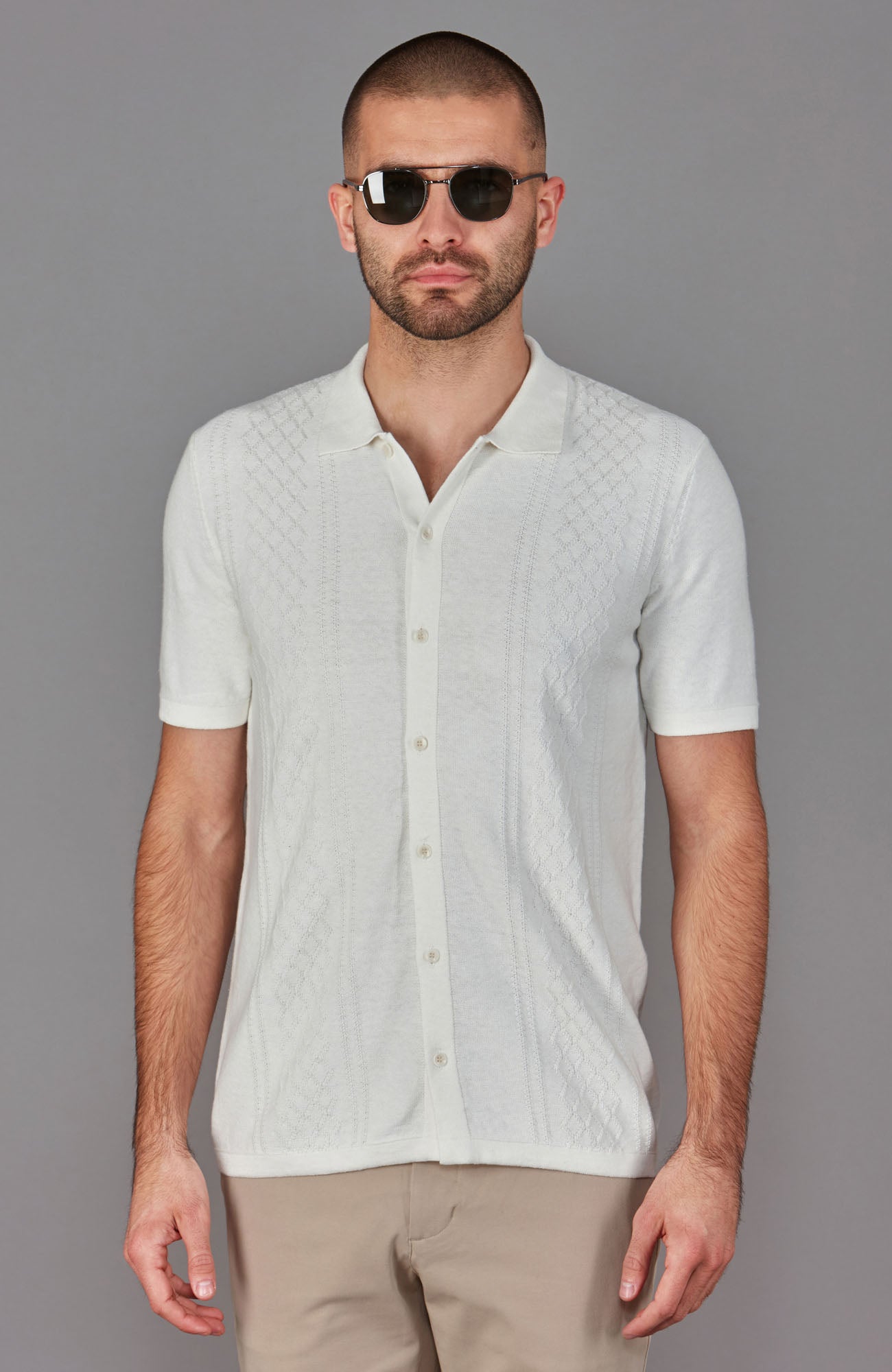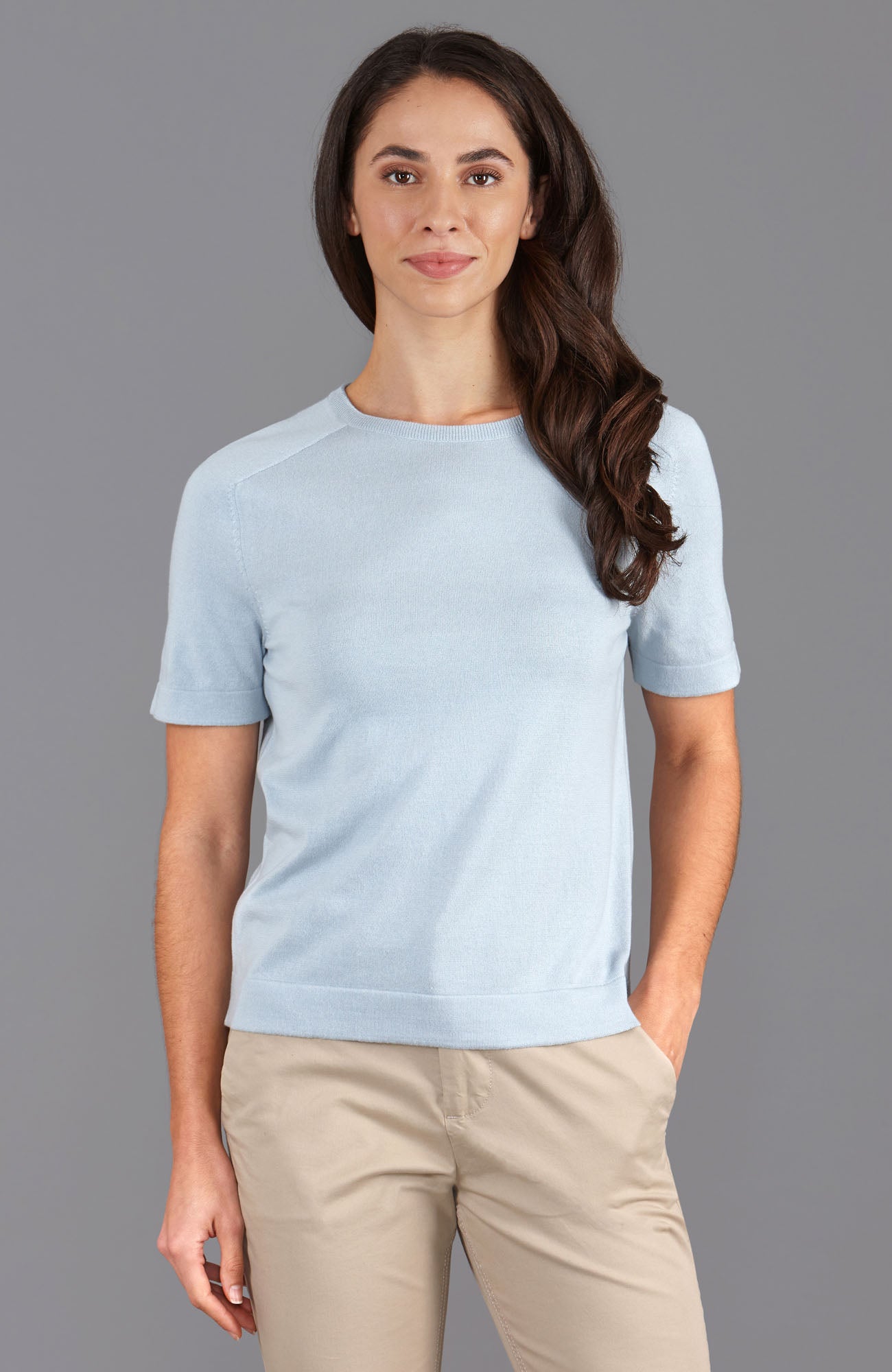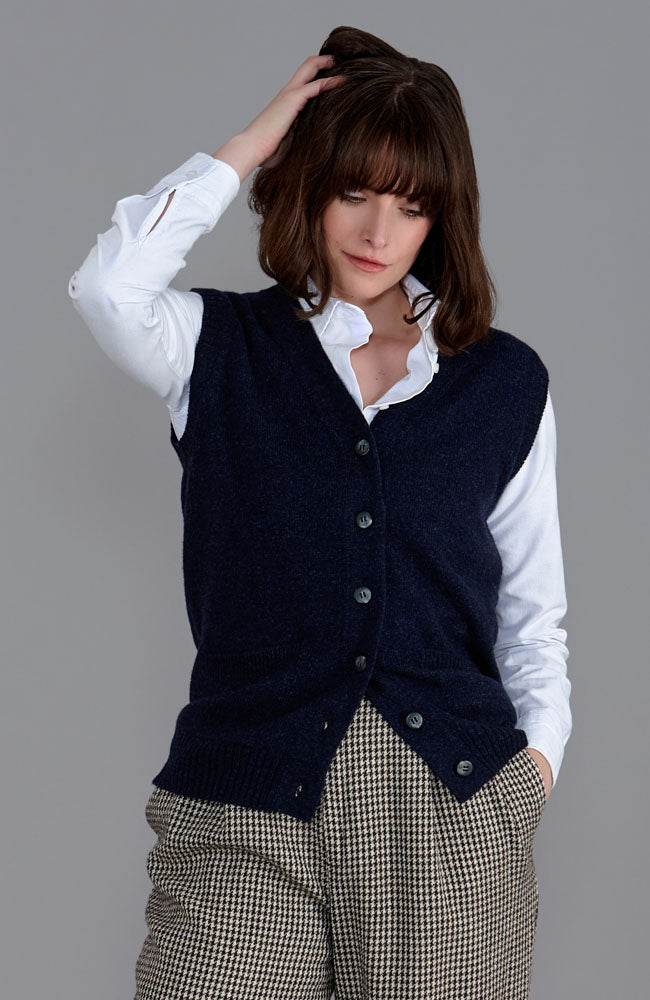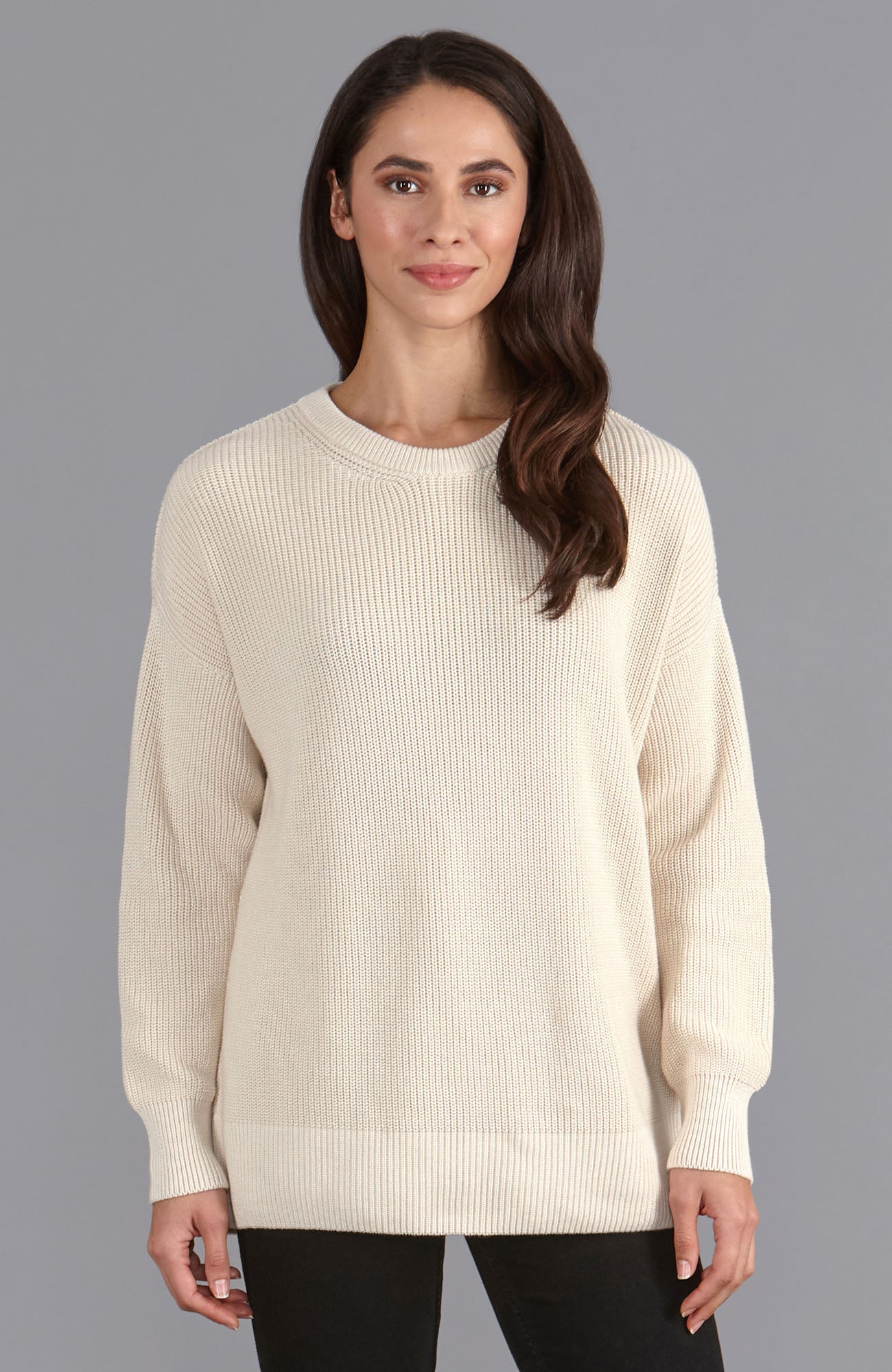Our Guide To Sustainable Summer Clothing
Sustainable summer clothing is not just a trend—it's a conscious lifestyle choice that combines style, comfort, and environmental responsibility. This guide will explore the best eco-friendly fabrics, ethical brands, and practical tips for creating a sustainable summer wardrobe. Whether you're new to sustainable fashion or looking to expand your collection, this guide will help you stay cool, stylish, and kind to the planet all summer long.

Defining Sustainable Fashion
Sustainable fashion is about creating clothes that respect both people and the planet. It involves using materials like organic cotton, recycled polyester, and bamboo fibres—each chosen for their low environmental impact and produced under strict ecological guidelines. But it's more than just fabric choices; sustainable fashion considers the entire lifecycle of garments—from design through disposal—ensuring they leave minimal footprints behind.
Why Choose Sustainable Fashion?
In today’s era dominated by fast-fashion cycles, opting for sustainable summer apparel becomes not just a personal preference but a crucial stance against global pollution. The textile industry ranks as one of the top polluters worldwide—with significant effects on water resources. By adopting eco-friendly practices, you help curb waste production, conserve vital resources such as water and energy, and support biodiversity conservation.
The Environmental Benefits of Choosing Sustainable Clothing
When you select sustainable options like airy linen tops or robust hemp shorts for your summer adventures:
- Lower Carbon Emissions: Environmentally conscious manufacturing processes produce fewer carbon emissions than traditional methods.
- Conservation of Water: Fabrics such as natural linen or recycled denim use far less water compared to conventional cotton.
- Minimised Waste: Initiatives like upcycling transform old textiles into new treasures without filling landfills.
By incorporating these elements into your wardrobe decisions—whether choosing flowy dresses for beach days or casual shirts for daily wear—you do more than dress stylishly; you broadcast your commitment to our planet’s future.

Key Features to Look for in Sustainable Summer Clothing
When selecting pieces for your summer wardrobe, several critical elements must be weighed to marry style with sustainability seamlessly.
Fabric Choice: Opt for Eco-Conscious Materials
The foundation of any eco-friendly garment is its fabric. Choose organic cotton, which not only consumes less water than traditional cotton but also avoids harsh chemicals in its cultivation. Recycled fibres transform plastic waste into fashionable wearables, drastically cutting down your ecological footprint. Meanwhile, upcycled materials revitalise existing textiles without further straining resources through new textile production.
Manufacturing Ethics
Manufacturing ethics encompass a variety of practices that ensure the production of clothing is done in a way that respects both the environment and the workers involved in the process. Ethical manufacturing means fair labour practices, safe working conditions, and minimal environmental impact, which are all essential for true sustainability in fashion.
A prime example of a brand that exemplifies strong manufacturing ethics is Paul James Knitwear. Their commitment to sustainability is evident in their meticulous approach to production, emphasising both the story of their yarns and the traceability of their products. Each piece of knitwear is designed and manufactured in-house, allowing the brand to maintain strict oversight and control over every stage of the production process.
Longevity: Prioritise Durable Apparel
Sustainable fashion champions choosing quality over quantity. Invest in well-crafted garments designed to last; these might carry a higher initial cost but consider this an investment towards reducing environmental impact—less frequent replacements mean less waste. Additionally, durable items often boast timeless designs that stay stylish beyond fleeting seasonal trends.

Certifications: Look for Authentic Sustainability Credentials
Keep an eye out for certifications like Global Organic Textile Standard (GOTS), Fair Trade Certified™️, or Bluesign®️ approved products which confirm everything from organic content to safe manufacturing practices used during production stages. These credentials are crucial in navigating through misleading claims and finding truly sustainable options.
By focusing on these essential aspects when shopping for your next piece of summer clothing—from airy linen shorts to chic lightweight jumpers—you actively contribute toward a greener future while enjoying garments that not only look fantastic but feel wonderful on your skin and resonate with ethical standards.
How to Care for Your Sustainable Summer Clothes
Proper handling can dramatically increase the lifespan of your garments while simultaneously diminishing their environmental footprint. Here are some essential tips from an expert to keep your ethical clothing looking fresh and lasting longer:
1. Mindful Washing
- Embrace Cold Water: Opt for cold water washes which are softer on fabrics and less taxing on our planet’s resources. Choose biodegradable, eco-friendly detergents that avoid harsh chemicals to maintain fabric strength.
- Prefer Handwashing: For delicate pieces like organic cotton tops or handcrafted linen dresses, handwashing can safeguard against damage more effectively than machine cycles.
2. Eco-Friendly Drying Options
- Leverage Sunlight: Utilise the sun's natural bleaching qualities to keep whites radiant without resorting to chemical agents and slash carbon emissions by skipping electric dryers.
- Shun Over-Drying: Excessive drying can deteriorate fibres swiftly. If you must use a dryer, select a gentle, low-heat setting.
3. Natural Stain Fighting
- Address Spills Promptly with Nature’s Aid: Employ natural solutions like baking soda or white vinegar for initial stain treatment before considering stronger alternatives. Always dab gently rather than scrubbing to protect delicate threads.
4. Iron-Free Luxury
Many environmentally friendly fabrics such as hemp and bamboo drape elegantly without the need for ironing if hung promptly after laundering.
5. Smart Storage Solutions
- Keep your wardrobe in cool, dry spots away from direct sunlight which might cause colours to fade over time.
- Use sturdy wooden hangers instead of wire ones; they provide superior support helping clothes retain their shape beautifully.
By integrating these strategies into your care routine, not only will you boost both the durability and aesthetics of your sustainable summer outfits but also actively contribute towards reducing waste—making each laundry cycle a step closer toward ecological responsibility!
Final Thoughts
By embracing these strategies, you're not merely updating your closet; you're actively participating in vital sustainability efforts that combat climate change, support fair trade standards, and minimise waste—key elements when considering our shared environmental impact.
Transitioning to sustainable summer fashion isn’t just practical—it’s profoundly rewarding, allowing us all to relish those sun-drenched days conscientiously!

















